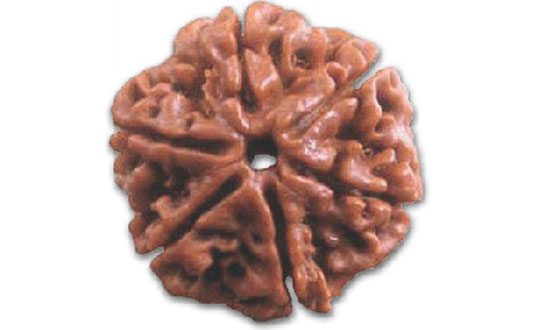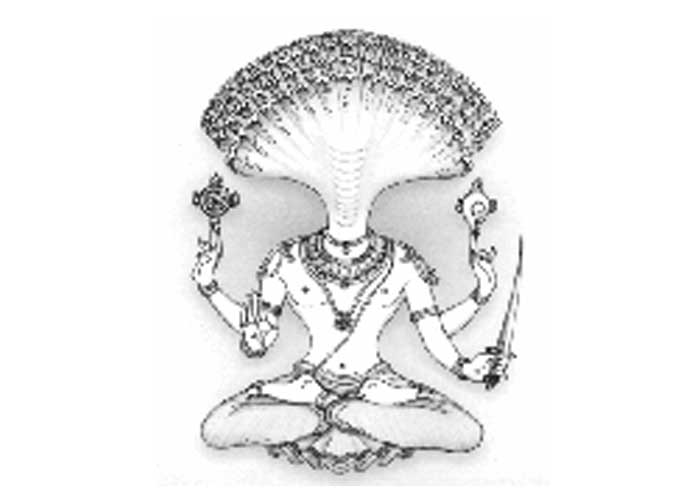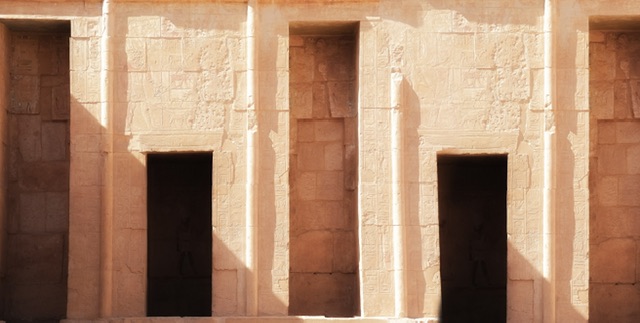In the previous issue we had discussed the legend behind rudraksha beads and the botanical background. In this article, we will share with you some very rarely published facts on this mystical bead.
There are three types of rudraksha available. The most popular is the Nepalese type, the second is Indonesian, and the third is Indian. In the global rudraksha trade, 75 percent is from Indonesia, 20 percent from India and other countries, and hardly 5 percent is from Nepal.
The Himalayan beads simply seem to be larger, heavier, and more powerful due to the environment they grow in. So it is a certainty that environment and specifically, the location of the rudraksha trees play a key role in their growth. Rudraksha trees are easy to grow, and once established, a rudraksha tree will last for years with little care.
Rudraksha is not a seed, but a fruit. The fresh fruits of rudraksha are deep blue in colour and look marvellous. Therefore the rudraksha plant is also popularly known as the ‘blue marble’ fruit plant. What is incredible is that this beautiful colour is not caused by any plant pigment, but is due to the microstructural character of the cuticle and light interference. Thus the blue colour is because of the reflection of light from the cuticle. This phenomenon is very rare in the plant kingdom.
As the fruits mature, this blue colour slowly changes to deep grey, to black. The dark coloured fruits are soaked in water for few days to soften this hard, fibrous fruit skin. After removing this dark cover, we get the hard, stony endocarp of the fruit, which is popularly known as ‘rudraksha’.
Rudrakshas are of four colours: sandy white, yellowish, reddish brown, and black. However, they can also be of mixed colours. They have many faces or mukhs, which may vary from 1 to 24. The total numbers of seeds present in a rudraksha fruit are generally equivalent to total number of clefts or mukhs. Rudraksha having 27, 32 and 34 facets have also been recently reported.
Large variations in the shape and size have been observed in rudraksha. Very rarely, naturally joined beads are also available. Ishwar or Brahma, Gauri-Shankar, Ganesh-Gauri, Shiva-Ganesh, and Trijuti or Gauripath are examples of such naturally joined beads.
Nepalese rudrakshas are hard, compact, and look very beautiful due to their high quality lustre. However these are rare and costly. Indonesian rudrakshas are smaller in size in comparison to Nepalese beads. Clefts in these are inconspicuous. Malas of these beads are convenient to wear. The Indian round rudrakshas are not very beautiful to look at and are commonly known as Indian rough beads.





